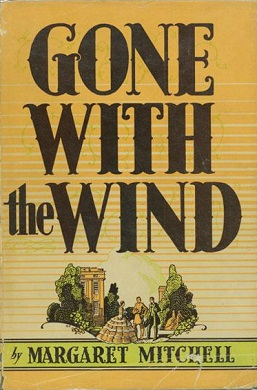Angela's Genealogy Notes
If you are interested in only one or two branches of this family tree, see Branches of the Family Tree in the sidebar on the right. Click on Thaden if you descend from Herman and Angelina Thaden. Click on Hahn if you descend from Sam and Hazel Hahn. Click on Romeo if you descend from Joe and Carmelina Romeo. Click on Bright if you descend from Fred and Nan Bright.
My children descend from a variety of cultures.
The BRIGHT family relocated from Pennsylvania to the booming riverfront town of Wyandotte, Kansas, shortly after the Civil War.
The MOORE family, of Scots-Irish descent, lived in the upcountry of South Carolina for a hundred years or more.
The THADEN family came from German immigrants and Tennessee Scots-Irish clans.
The NICHOLAS family originated in Tripoli and Beirut, Syria, and lived among a Syrian colony in Jacksonville, Florida.
The HAHN and LUTES families raced for land in the Oklahoma Land Run of 1893 and had been ever on the frontier prior to that time.
The ROMEO and MOTTA families immigrated to this country at the turn of the century from Sicily.
Sunday, January 6, 2019
What's In a Name?
Friday, January 26, 2018
See What Our Family Was Up to During
. . . the Mass Immigration through Ellis Island from Italy.
1890-1920
The Arrival of a Great Ocean Steam Ship at New York. Philadelphia: C. H. Graves, c1907. Library of Congress, Prints and Photographs Division[reproduction number LC-USZ62-89871].
Statue of Liberty, New York City. N.Y.C., c1898. Library of Congress, Prints and Photographs Division [reproduction number LC-USZ62-87198].
Ellis Island, c1913. Library of Congress, Prints and Photographs Division [reproduction number LC-USZ62-40101].
Tuesday, January 23, 2018
Gone With the Wind
Historical novels give valuable insight into the lives of people who lived in certain times. A good author puts a lot of research into the history of the places and events in which the characters are placed. Gone with the Wind by Margaret Mitchell is such a novel. Her thorough research provides lesson after lesson into the history of Reconstruction in Georgia--lessons that are not taught in public schools. Setting aside the loathsome characters of the hero and heroine, I recommend this book for anyone desiring a clearer picture of what really went on in the years during and after the War between the States.
Image from https://en.wikipedia.org/wiki/Gone_with_the_Wind_(novel).
See What Our Family Was Up to During
. . . The Reconstruction of the Southern States
1865-1920
Deckner, Garvin, Madden, Meigs, Moore, Nicholas, Pucket, Reagan, Rowland, Thaden
Image from https://www.theatlantic.com/photo/2012/02/the-civil-war-part-1-the-places/100241/.
See What Our Family Was Up to During
. . . La Miseria
1790-1910
Chité, Motta, Rapisarda, Romeo
See What Our Family Was Up to During
. . . the Early Days of the Mormon Church
Church, Lewis, Younger
See What Our Family Was Up to During
. . . America's Westward Expansion to Illinois
1763-1893
Day, Hudson, Rhoads, Van Meter, Watkins, Williams
This segment of the family history begins with Jacob and Alsey (Van Meter) Rhoads. Jacob, the son of a Revolutionary War soldier, originated in Pennsylvania. Alsey, possibly a nickname for Alcinda, came from Virginia and was of Dutch descent. The Rhoads and Van Meter families migrated, with Daniel Boone, to the area of Grayson and Hardin Counties, Kentucky. Here, Jacob and Alsey were married in 1785 and raised their family. One of their sons, Josiah, married Susannah Watkins, who was from Maryland. After Alsey died in 1828, most of the Rhoads family moved to Macoupin and Jersey Counties, Illinois.
In nearby Greene County, Illinois, David and Elizabeth (Williams) Hudson and their children had settled. One of David’s sons, Merritt, served in the Mexican War. He died in the Battle of Buena Vista in Mexico in 1847 leaving a young family. A nephew, David Hudson, went out west to California with the Forty-Niners in search of gold. After three years, he returned. David’s daughter, Martha, married Ira Day, a pioneer from Vermont. All of their children were born in Illinois.
Josiah Rhoads’ son, James, married Sarah Parker in Illinois and all of their children were born there. James’ son, Isaac, married Lydia Day, the daughter of Ira and Martha Day. All of their children were born in Illinois, one of whom was Lillie, who later settled in Oklahoma after her husband made the Great Land Run in 1893.
Image from https://nmwa.org/blog/2009/12/10/whats-going-on-in-this-picture/








